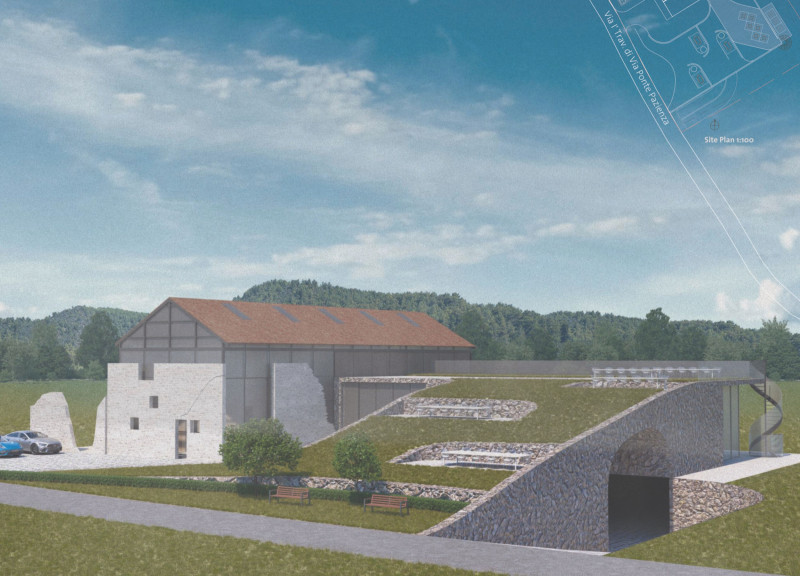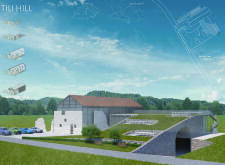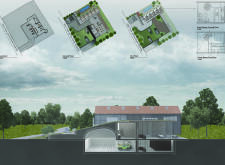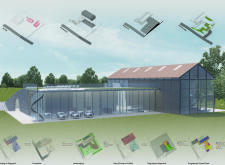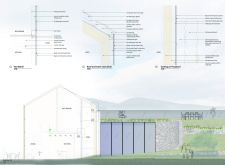5 key facts about this project
Tili Hill serves multiple functions, catering to private residents as well as public interactions. The architecture emphasizes flexibility throughout various zones, such as communal areas, private living spaces, and outdoor amenities. This multifaceted approach allows the space to accommodate a range of activities, from intimate family gatherings to larger communal events, showcasing the project's versatility in use.
The layout of Tili Hill is carefully designed to follow the contours of the land, creating layers of spatial experiences that exploit the site’s elevation changes. This tiered arrangement not only enhances visual appeal but also fosters connections with the landscape, encouraging occupants to engage with their surroundings in a meaningful way. Each level of the building is characterized by strategically placed windows, which frame scenic views while flooding the interiors with natural light.
Materiality plays a vital role in the overall concept of Tili Hill. The use of concrete for the structural framework provides durability, while expansive glass façades enable transparency and foster a connection between inside and outside spaces. Steel supports are integrated into the design, contributing to both the structural integrity and the modern aesthetic of the architecture. Traditional materials, such as reclaimed stone and terracotta tiles, offer a nod to local craftsmanship and history, blending contemporary elements with familiar textures that resonate with the site's cultural context.
One of the unique design approaches of Tili Hill is its commitment to sustainability. The architecture integrates passive solar design principles to maximize energy efficiency, utilizing features such as shaded overhangs and green roofs that promote thermal comfort and biodiversity. Rainwater harvesting systems further enhance the project's sustainability by reducing environmental impact and fostering a responsible use of resources. These elements work together not only to create a comfortable living environment but also to minimize the building's ecological footprint.
The design promotes a seamless flow between indoor and outdoor spaces, characterized by large terraces and landscaped areas that encourage outdoor gathering and leisure activities. This integration of nature is not only aesthetically pleasing but also serves functional purposes, such as providing natural cooling and enhancing overall well-being for occupants.
Tili Hill’s architectural expression hinges on the balance between modernity and tradition, reflecting a deep respect for the local context while pushing the envelope of contemporary design. The thoughtful interplay of materials, forms, and functions draws the occupants into an experience that values both privacy and community.
To gain a fuller understanding of the architectural vision for Tili Hill, interested readers are encouraged to explore the project's architectural plans, sections, and design details. These elements will unveil the thought processes and ideas underpinning this unique architectural endeavor, providing insights into how the project reflects broader themes in contemporary architecture and design. Reviewing the architectural designs and ideas will offer a deeper appreciation for how Tili Hill not only fulfills its functional role but also enhances the landscape around it.


